What to see in Yellowstone National Park in 3 days
- Maria Palomino
- 13 ene 2023
- 6 Min. de lectura
Actualizado: 7 feb 2023
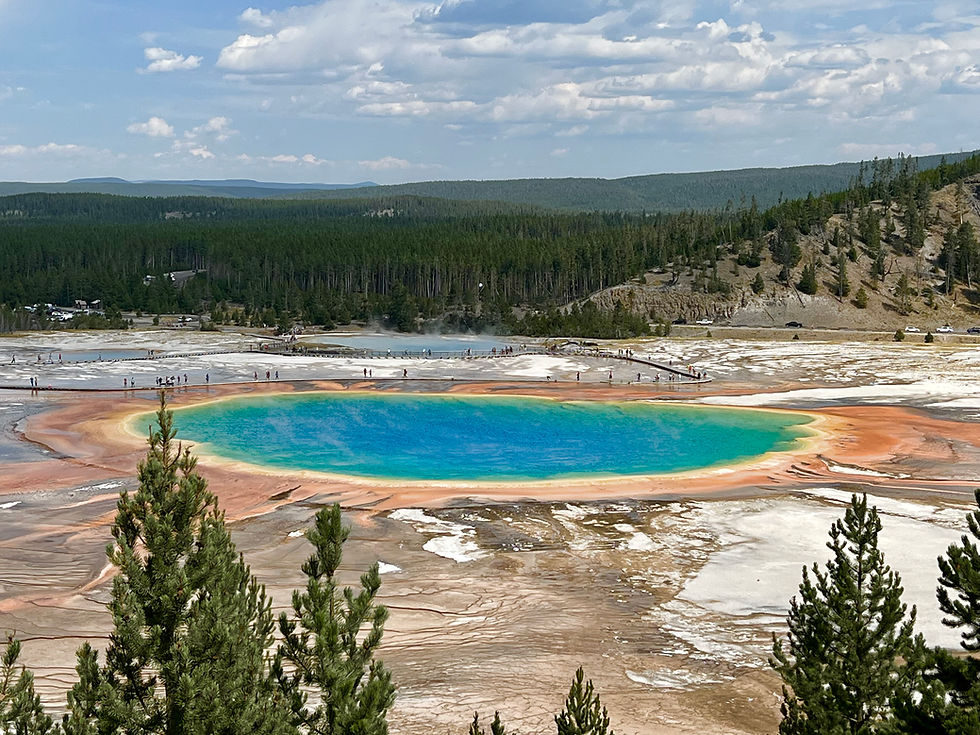
Yellowstone National Park in the United States is one of the largest and oldest in the world. It is located inside an active volcanic caldera, so throughout the park there are more than 10,000 geothermal phenomena, 500 of which are geysers. All these overwhelming facts are nothing compared to the beauty and spectacular nature of Yellowstone, a national park that no one should miss if you are traveling to the United States. We tell you about our experience and which are the must-see places in Yellowstone.
3-day drive through Yellowstone

Day 1 in Yellowstone: West Thumb Geyser Basin, Mud Vulcano, Canyon Village and Norris Geyser Basin
The previous days we had been discovering Grand Teton so we decided to enter Yellowstone from the south entrance. Highly recommended because the views of the whole trip were incredible.
West Thumb Geyser Basin
There is a 1 kilometer circular trail that leads to the shore of the lake and passes by different geysers and thermal pools. It is an area with a lot of color due to the different bacteria that live in the hot springs. Green and brown colors in the coldest waters, oranges and yellows in the warmest ones and intense blue in the very hot waters due to the lack of microorganisms that support these temperatures.
Mud Vulcano Hot Springs Area
This area of mud pools and fumaroles is located near the great Yellowstone Lake, the largest high mountain lake in North America. Throughout the Mud Volcano tour the smell is stinky due to the gases escaping from the pools and holes in the ground. Mud jumps and bubbles in dozens of muddy pools. The scenery along the 1.1 kilometer route.
Canyon Village
In this area there are several routes and the main viewpoints: Lookout Point, Grand View and Inspiration Point. From these viewpoints you can appreciate the intense yellow color of the stone that gives its name to Yellowstone Park. For lovers of multiple views of the waterfalls, there are several viewing points (of course, religiously marked), such as Uncle's Tom point, right next to the fall of the Lower falls and the Artist and Inspiration point, a little further away with a good perspective view of the entire canyon.

Norris Geyser Basin
This area of geysers is the warmest and most dynamic of the entire park. A set of trails of almost 4 kilometers runs through the main thermal attractions of Norris. The waters in this thermal area are very acidic, so intense colors predominate in the hot springs.
Norris is divided into two areas: Porcelain basin and Back basin.
The first one we found in our tour is Porcelain Basin. Here there is a 1.2 kilometer trail that runs through a treeless area with a high concentration of geysers.
The other area, Back Basin, is more forested. The trees grow next to the hot springs and geysers forming a very curious landscape. The 2.4 kilometer trail takes us back to the parking lot passing by the highest geyser in the world, Steamboat Geyser. This geyser that can reach 122 meters high is very unpredictable and it is difficult to see it erupting.
Although we find Norris very interesting, it does not have the beauty and spectacularity of the Old Faithful and Upper Geyser area.
Día 2 en Yellowstone: Upper Geyser Basin, Old Faithful, Grand Prismatic Spring and Mammoth Hot Spring
Upper Geyser Basin
Upper Geyser Basin occupies only 1.6 square kilometers, but in such a small area are concentrated half of the geysers in Yellowstone. There is a route of 4.5 kilometers in which you can see countless thermal phenomena, pools of water with intense colors, fumaroles and above all by several of the most famous and predictable geysers in the park, including Old Faithful.
This area is divided into three sectors: Old Faithful, Biscuit Basin and Black Sand Basin. The path is well marked and should not be left out of it under any circumstances.
1. Old Faithful
This geyser has a 90% predictable schedule that you can see in the visitor center or on the park's website. Although it is not the largest or most predictable geyser, it is the one that erupts most often throughout the day, with a frequency of approximately 90 minutes (between 50 and 127 minutes).
Around the geyser there are barriers where the anxious visitors wait for the geyser to reach its maximum pressure capacity and explode releasing boiling water at a height that sometimes reaches 55 meters.
It is quite quiet and suddenly the geyser explodes and the spectacle is impressive. A jet of water and steam rises to the sky for a few minutes until it loses intensity and disappears back to earth.
Other highlights in Upper Geyser
Castle geyser
So called because the eruptions have been forming a kind of castle-shaped cone. It is a geyser that accumulates a lot of energy so it erupts every 12 hours approximately. But every 15 minutes a steam movement is generated inside the cone that sounds like a train.

Riverside geyser
This geyser is special because its eruption ends in a nearby river. The jet of water and steam rises up to 30 meters and with an inclination of 60 degrees over the Firehole River. This occurs approximately every 6 hours and the eruption lasts about 20 minutes. Being a fairly predictable geyser, we do have the good fortune to see it in action.
Morning glory pool
A pool of thermal waters that thanks to the bacteria that live in its interior has been forming a circle of intense colors around it.
2. Black Sand Basin
This place is one of the most colorful in the park. Its name is due to the volcanic glass that covers much of the thermal area. This is formed by the rapid cooling of lava. But there are also many geysers and beautiful hot springs of intense colors, such as the "Emerald pool" or "Rainbow pool".

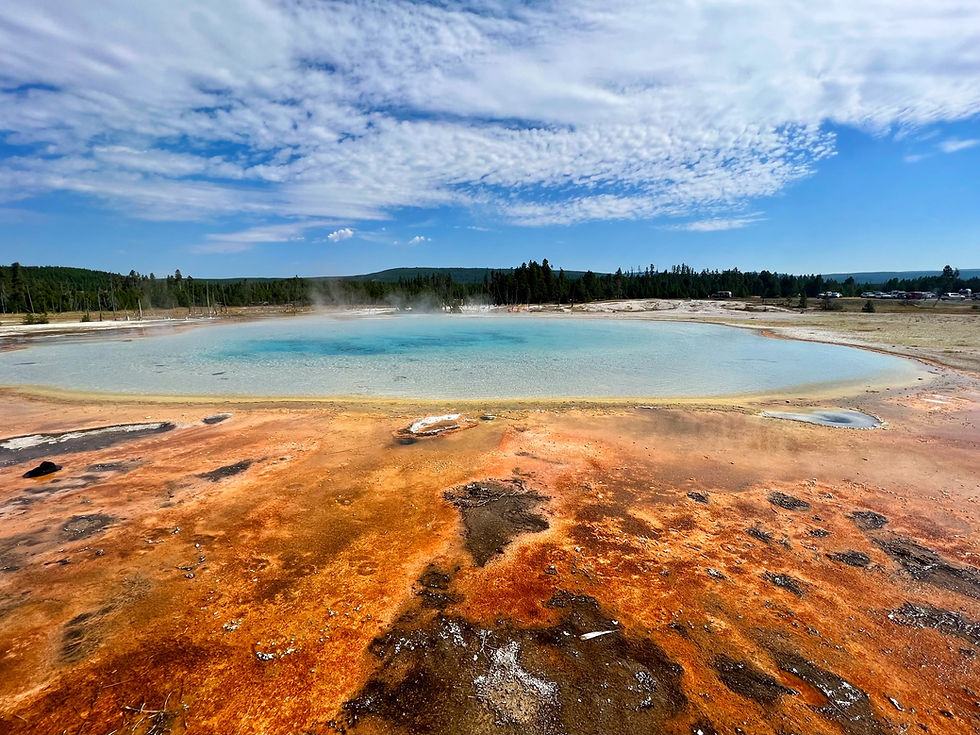
Grand Prismatic Spring
This is, without a doubt, one of the most impressive places in the park and you cannot miss it under any circumstances. It is among the largest hot springs in the world, with 90 x 80 meters of surface and 50 meters deep full of water at 150ºC. It has impressive dimensions, 112 meters in diameter and an amazing display of colors that surround it.

There are two ways to see it: up close and from a distance. If you can see it both, better, if you can only see it one way, from far away, without doubt.
From up close you just have to stop at the nearby parking lot indicated at the entrance of the Grand Prismatic.
From far away you have to park in the parking lot of the Fairy falls, and make a short walk along a path to two hills located in front of the Grand Prismatic.

Mammoth Hot Spring
This place is completely different from what we have seen so far. Here there are no geysers or fumaroles, but spectacular terraces formed by the thermal waters. The terraces have been formed over thousands of years, due to the fact that the thermal waters deposit calcium carbonate as they cool down. These deposits form a rock called travertine. The hot water continues to flow and fall down these travertine terraces forming the different colors of this rock, orange, brown, red and green.
There is a walking tour of the entire area that passes by Mammoth Hot Spring's must-see sites, such as Palette Hot Spring and Minerva Terrace. A particularly beautiful place is Canary Spring, made up of white terraces with water and intense yellow and orange colors. We strolled around amazed by the sometimes unreal beauty of the colorful terraces.



Day 3 in Yellowstone: Tower Fall, Tower Roosevelt and Slough Creek
This day we got up early because we wanted to go to the north of Yellowstone by the road to Tower Roosevelt. From where we were staying (Old Faithful) it is almost 2 hours drive. It is a spectacular road, with forests already dyed with the color of autumn. The first stop we make is at Tower Falls.
Then we headed to Tower Roosevelt and from there to Slough Creek where we had been told that it was common to see bears. After a couple of hours looking at the mountains we managed to see a bear. An unforgettable experience.
Where to sleep in Yellowstone?
We stayed at Old Faithful Inn, a hotel built in 1903-1904 of local logs and stone, the Inn is considered the largest log structure in the world. The imposing lobby features a massive stone fireplace and a handcrafted copper, wood and wrought iron clock that serve as focal points.
Operating Dates: Summer 2023: Opening: May 5, 2023 & Closing: October 9, 2023




















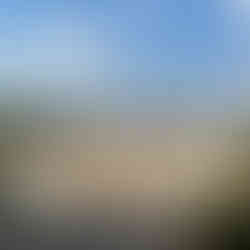




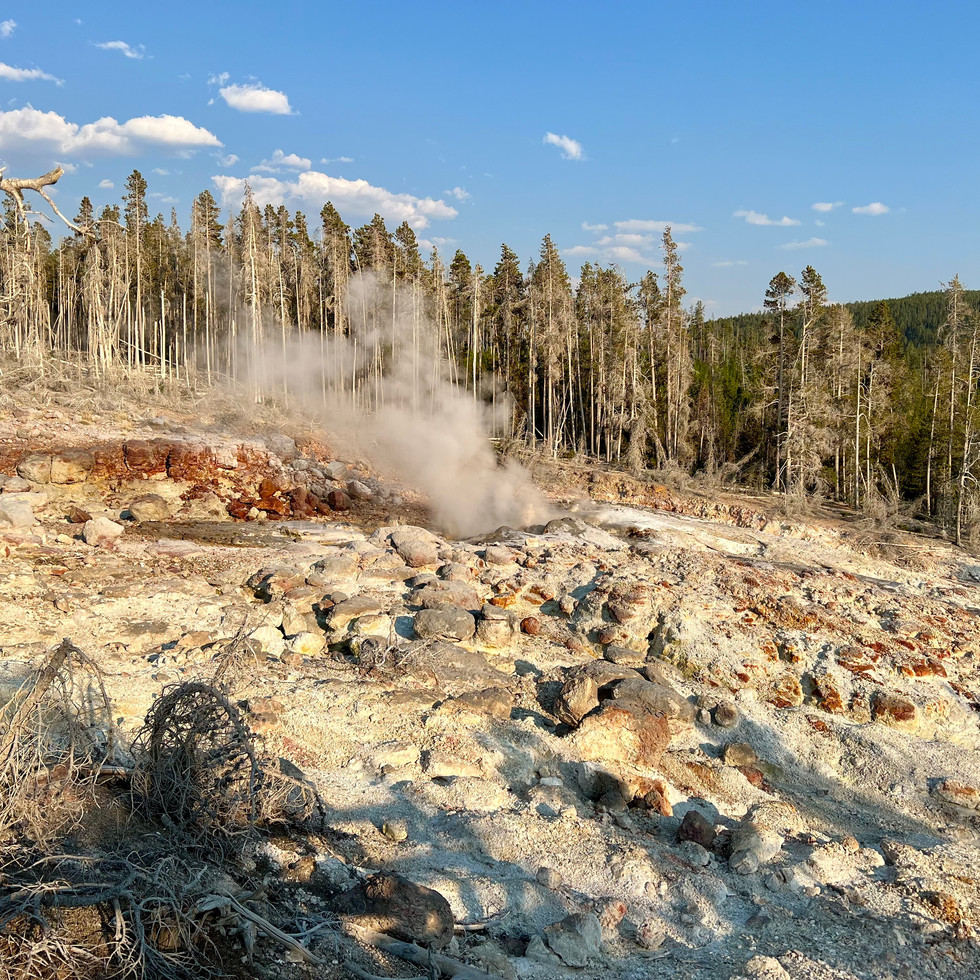


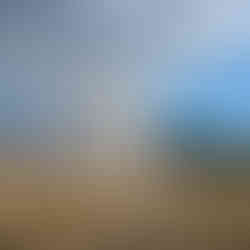




























































Comments